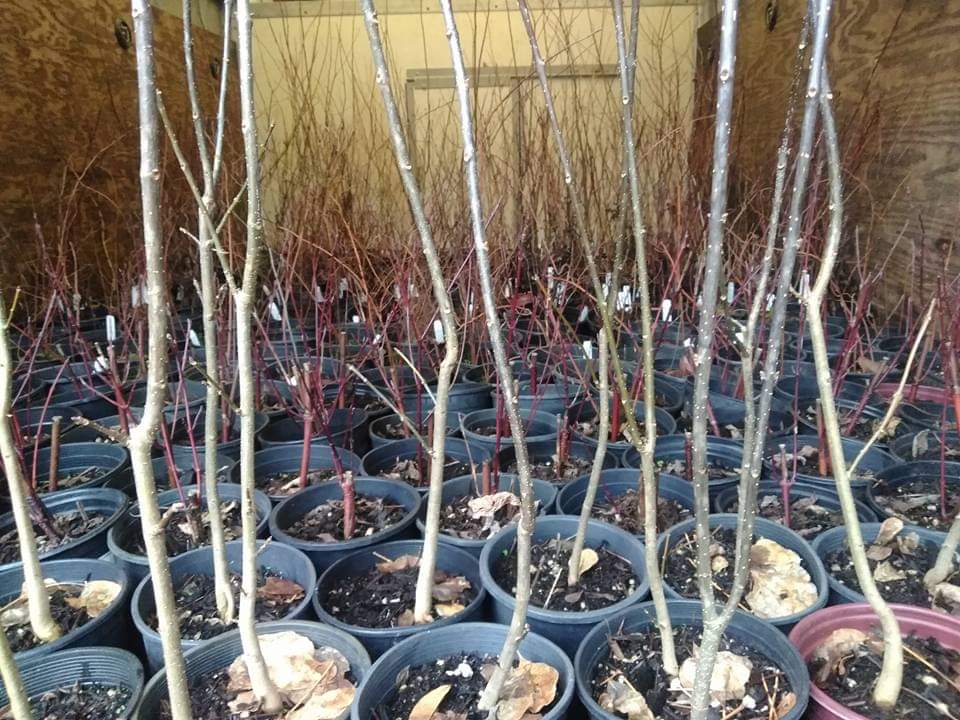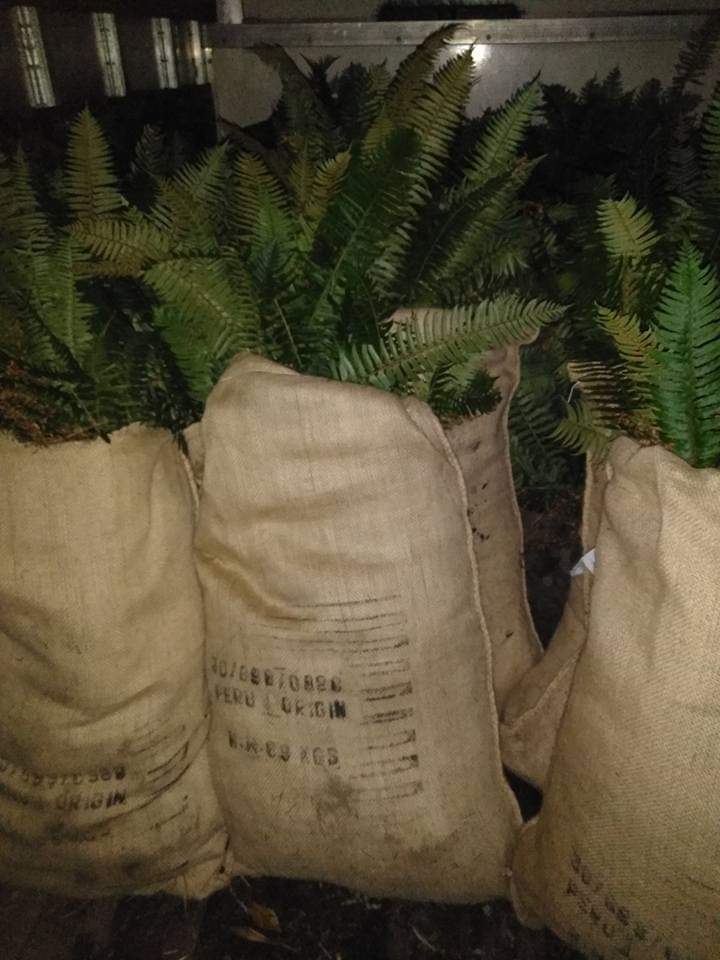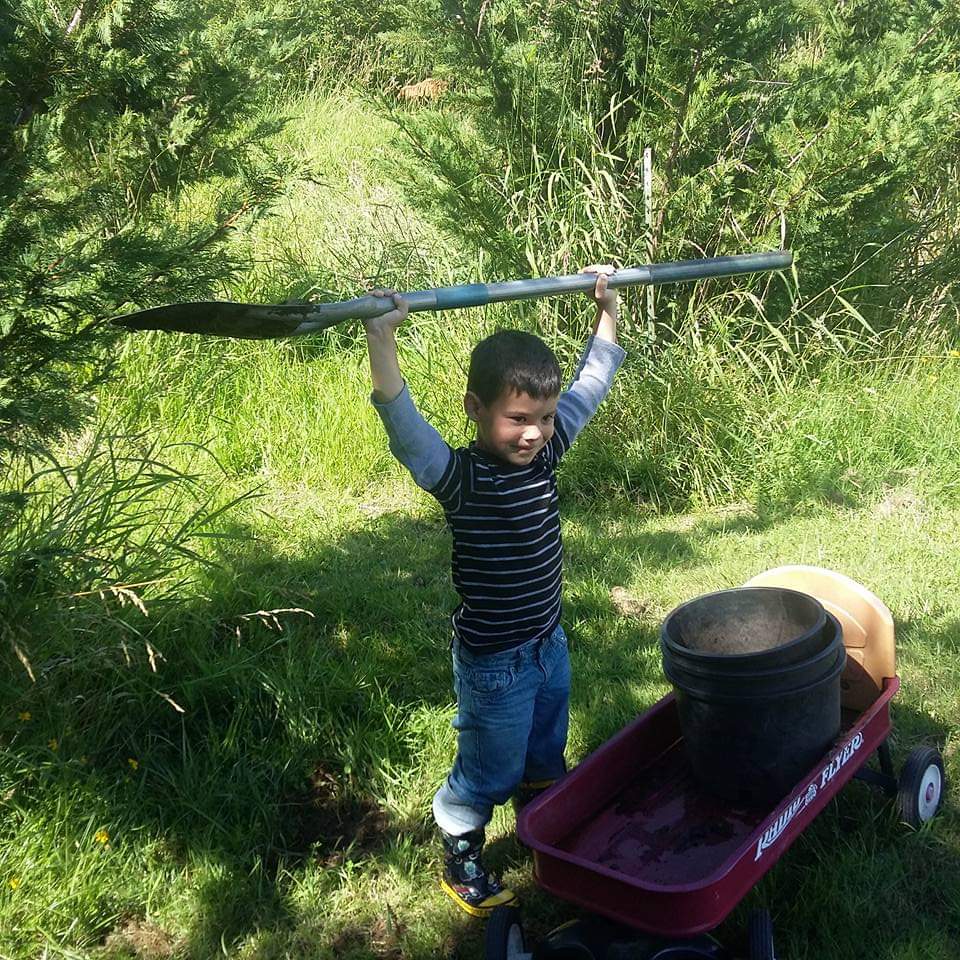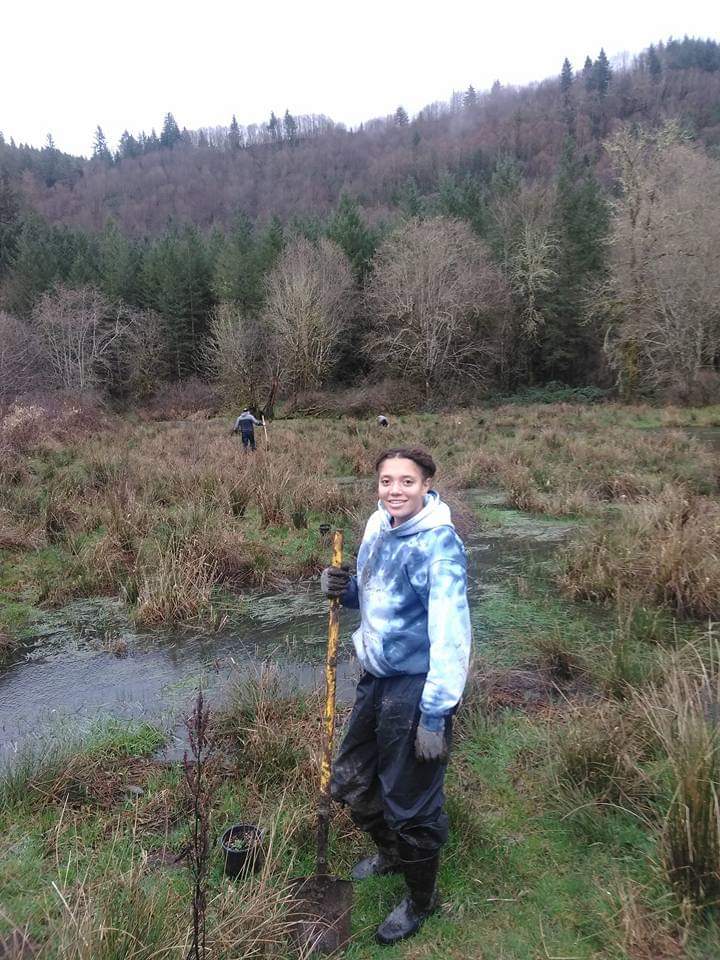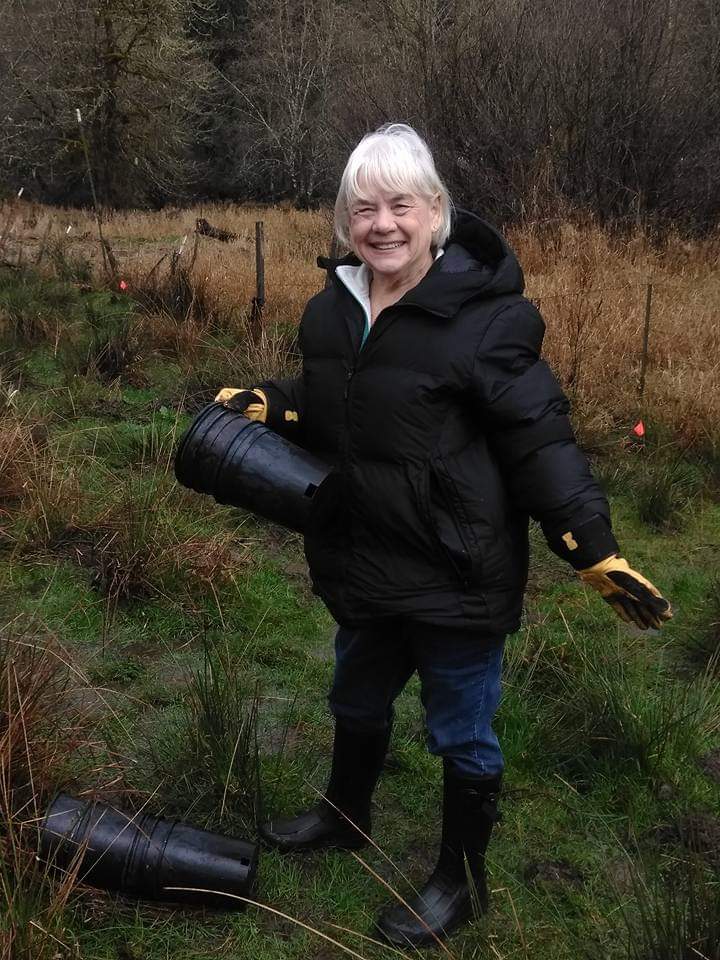Plant Salvage
PLANT SALVAGE
Windy Ridge Tree Farm digs up native plants from sites slated for development.
A partnership working with logging companies, timber owners, developers provide plant material at a low cost & rescues plants from construction sites.
Recycled plants are used to restore stream banks, wetlands, wildlife habitat & plant sales.
- Recycled: valuable locally-adapted plant materials from construction sites
- Source of low-cost plant materials
- Educate people in native plant propagation and environmental restoration techniques
The Pacific Northwest Rainforest unique and fragile ecosystem has immense plant species diversity and many rare, threatened and endangered species. Windy Ridge Tree Farm initiated a salvaging operation to save some of these plants and opened a tree farm and nursery. We created salvage techniques, coordination strategies and low cost plants.
Setup Logistics
The keys to the success of plant salvage:
- Access to desirable salvage sites
- A holding facility for salvaged plants tools
- A need for the salvaged materials.
Each of these components will be discussed below.
Salvage Locations
Working cooperatively with local developers is a vital and positive component of our nursery. To get started, a large site with current clearing permits, the property owner’s permission to salvage on site, and a variety of desirable native species is needed. We secured initial sites by contacting the local building and permitting agencies to find out about sites with current clearing permits and asking the developer for permission to conduct salvage projects.
Plant Holding Facility
Once the plants are salvaged, they need a place to be potted and tended until they are planted the following season. Native plant nursery includes a greenhouse, capillary beds lined with plastic (directions for construction of these beds are covered below), 5 foot circular plastic swimming pools for wetlands species, shade for the plants, a watering system, a well-stocked tool shed, mountains of plastic pots, a covered area with a plant-potting table, and piles of potting soil and sawdust or other mulch materials.
Construction of Capillary Beds
These are used to help minimize the amount of watering of the plants. They are made of two by six treated lumber. Nail the four corners together with 16-penny nails, line the bottom with greenhouse plastic. Staple the plastic to the sides of the bed. Slit the corners to allow for drainage if necessary. Line the bottom with one to two inches of saturated mulch.
Salvaging Tools
Flat-bladed gardening spades, files, burlap bags (to hold moist mulch), and hand-clippers (for pruning stubborn roots) are the key tools for salvaging. At the holding facility we use wheelbarrows, potting tools. Recycled pots are donated by several local nurseries.
Need for Project
Primary purpose is to provide a reliable source of native plants at a low cost.
Salvaging Techniques
The five steps of successfully salvaging a plant are:
- Finding the right plant
- Preparing the plant
- Digging the plant
- Transporting the plant and tending the plant
Finding the Right Plant
Ideal candidates are plants that can withstand transplantation and grow quickly once replanted. Plants growing in a disturbed areas are especially suited to salvaging as they have developed an extensive root system to survive. The ideal plant has a shallow, compact root system, tolerates a broad range of habitat conditions, and is adapted to disturbance. Wetland trees and shrubs, some upland shrubs, and most tree seedlings (two to four feet high) can be salvaged effectively. Look for a healthy tree or shrub
growing from a single rootball. Trees and shrubs growing in clumps connected by underground runners are not as likely to survive transplanting.
Preparing the Plant
Flat-nosed gardening spades should be sharpened before each salvaging excursion. Cutting roots cleanly is critical to a successful salvage. Clear the leaves and twigs from around the plant’s trunk or stem. Shrubs can be pruned back somewhat if they have a few long branches (over four feet). Sword fern fronds can be pruned to half their length. Have a wet burlap sack nearby filled with moist leaf matter and other mulch.
Digging the Plant
Dig in a circle at least eight inches from the stem, or one foot from the trunk if it is a large shrub or seedling (three or more feet high). Gently work the spade under the plant’s roots and lift the root ball out on the shovel blade. Get the rootball into moistened burlap sack as soon as possible since the roots begin drying out almost immediately. Be especially careful to keep the roots moist in cold dry days. Protecting the roots is the most important salvaging technique. Keeping them moist, preferably with soil intact, helps minimize the impact of transplanting.
Transporting the Plants
Put three or four plants in each burlap sack. Once you have a few bags full, they can be carried to your vehicle. The plants are then taken back to the holding facility where they will be potted up
Tending the Plants
Upland species are potted up, watered and placed in capillary beds. A few species, sword fern, can be placed directly in the bed and the root ball covered with mulch. Wetland plants are placed in 5 foot plastic swimming pools. All the plants need to be watered diligently during the dry season
Robert Kramer, Owner(360) 247-8733
Mailing Address:
P.O. Box 187
Amboy, WA 98601
Website by Justin's Web Design

